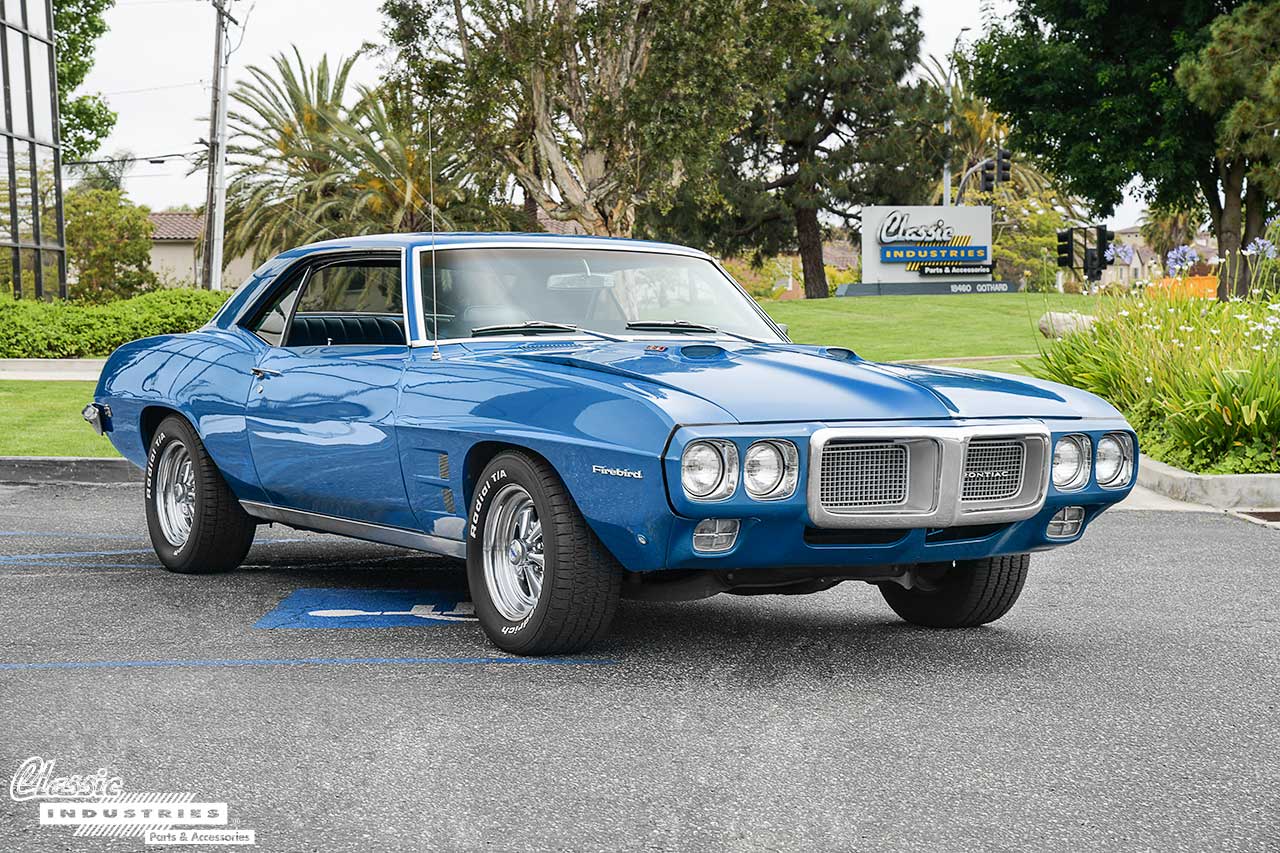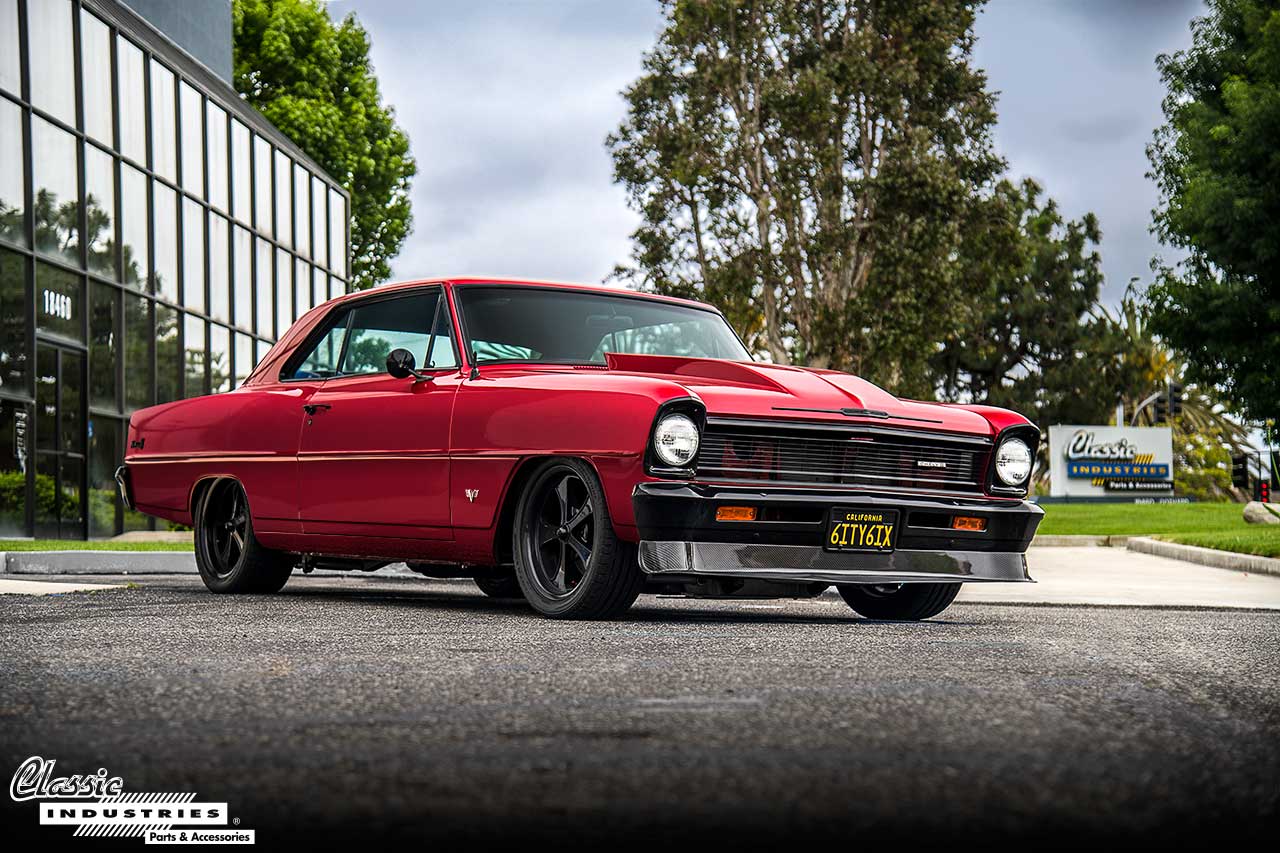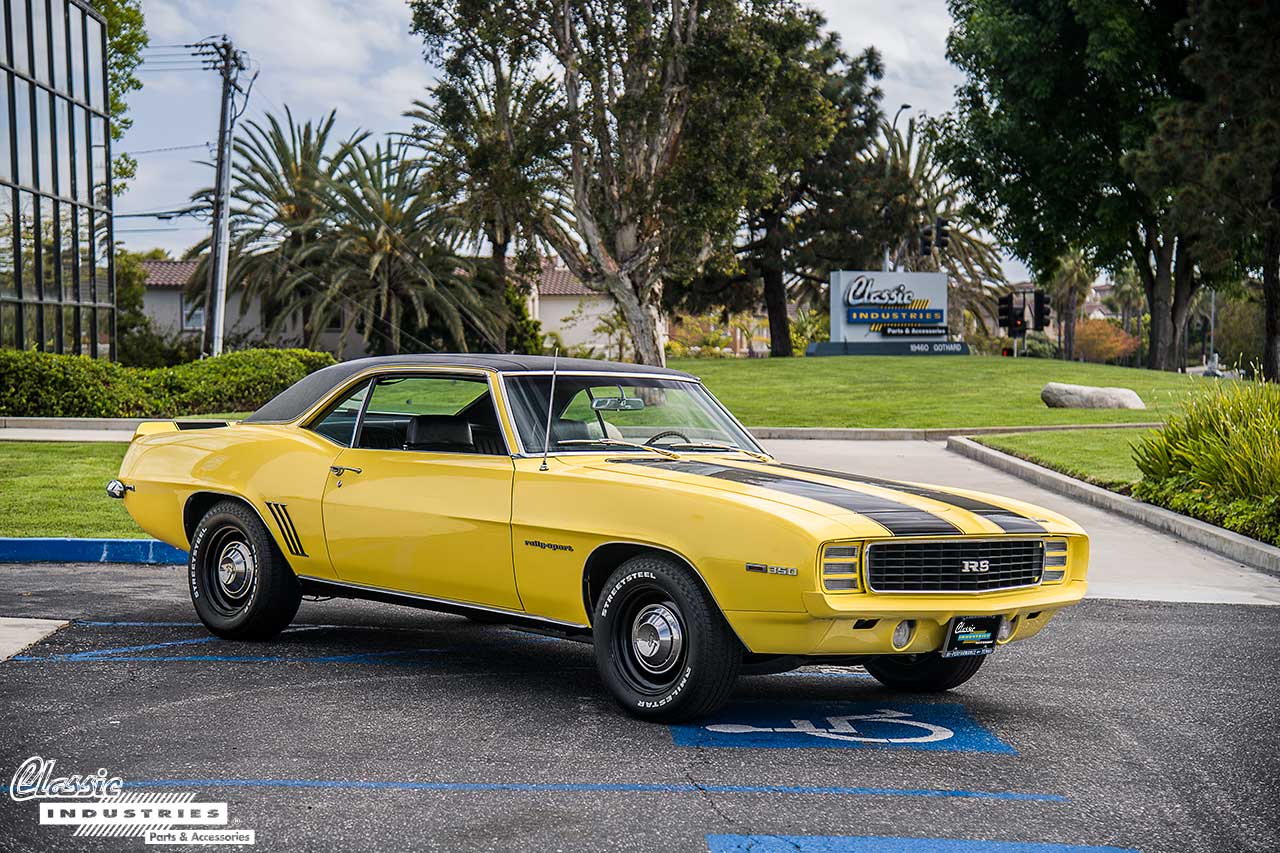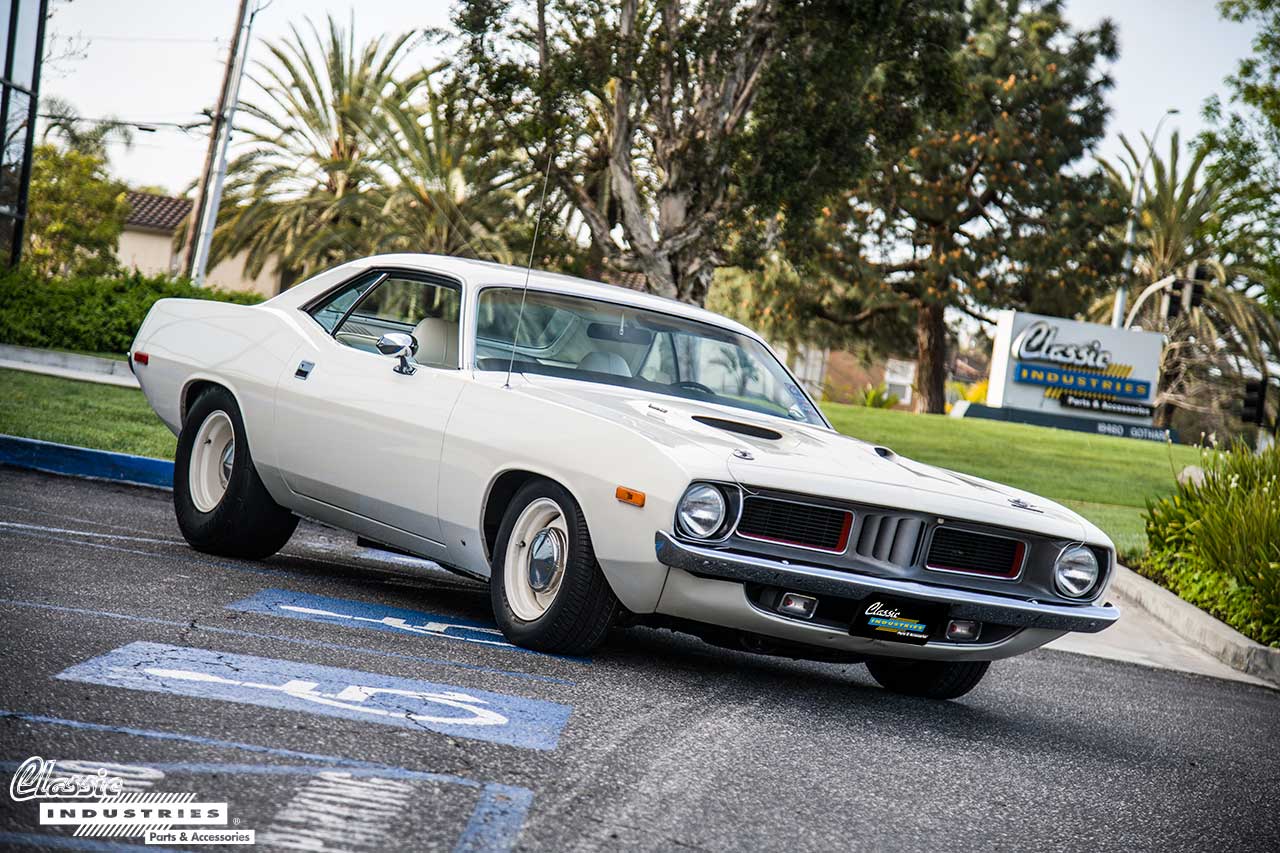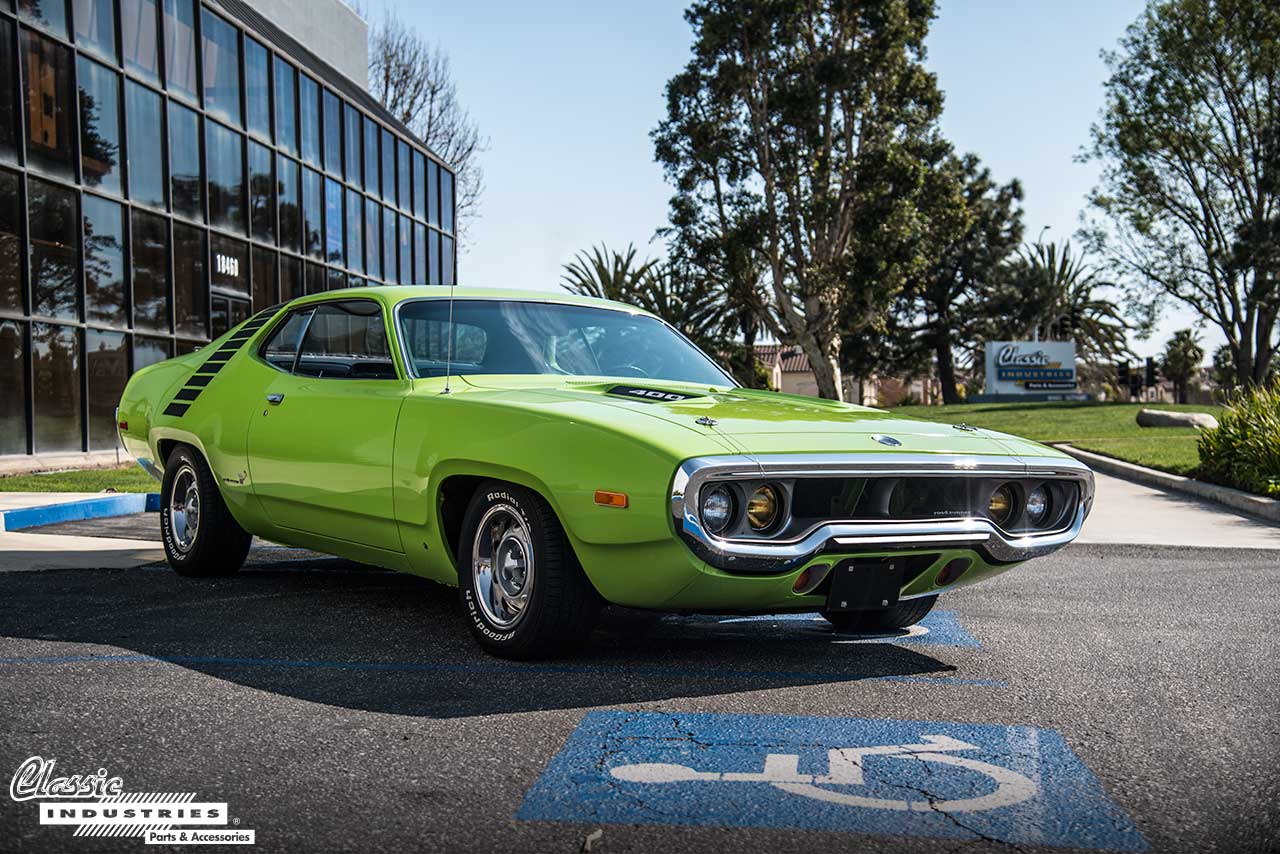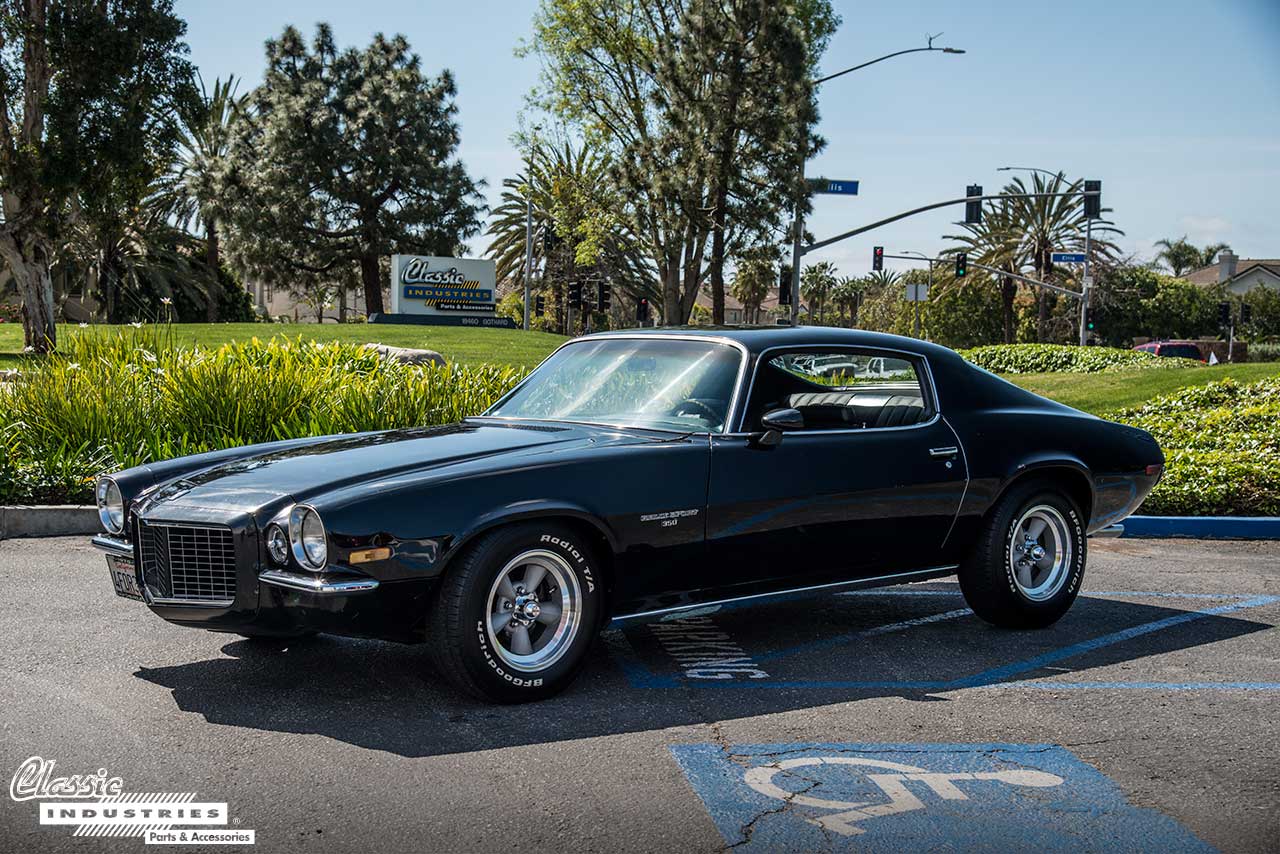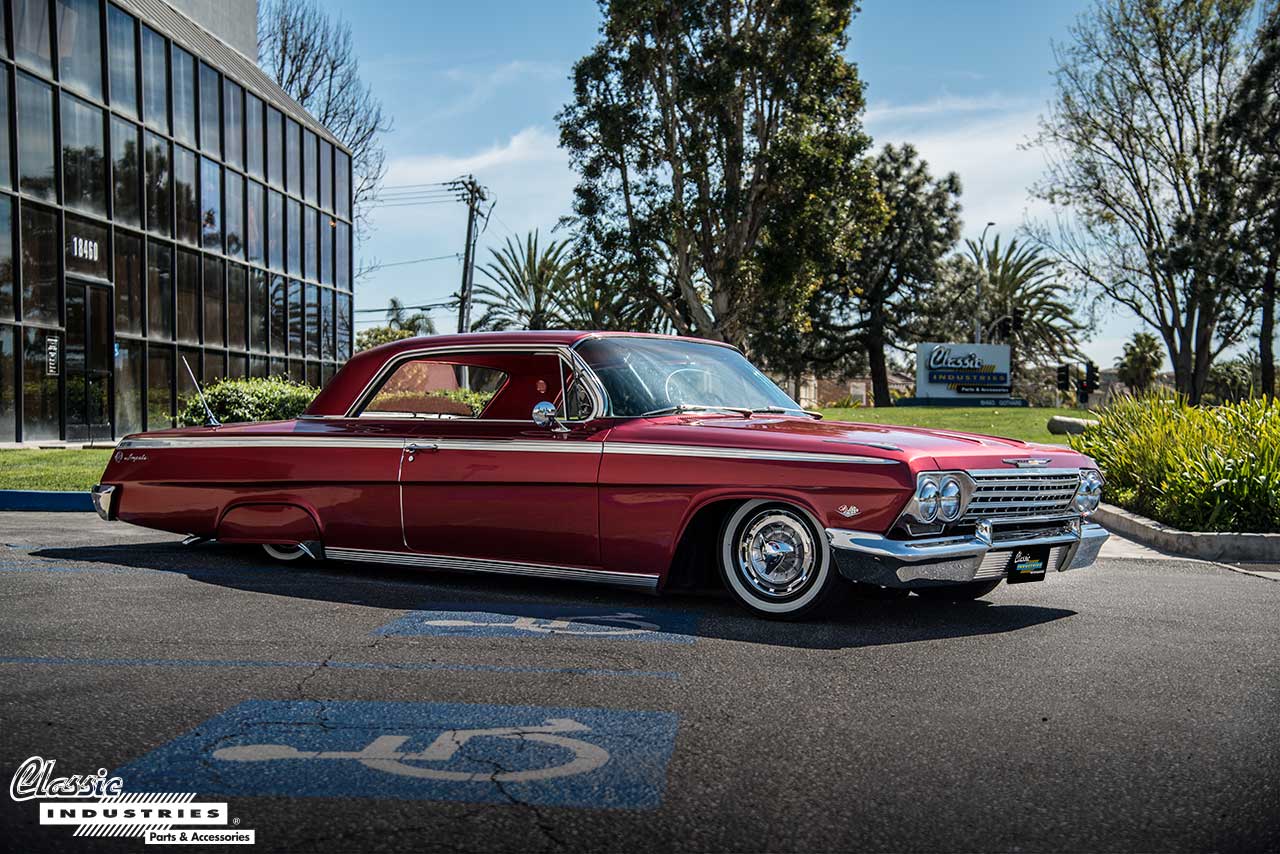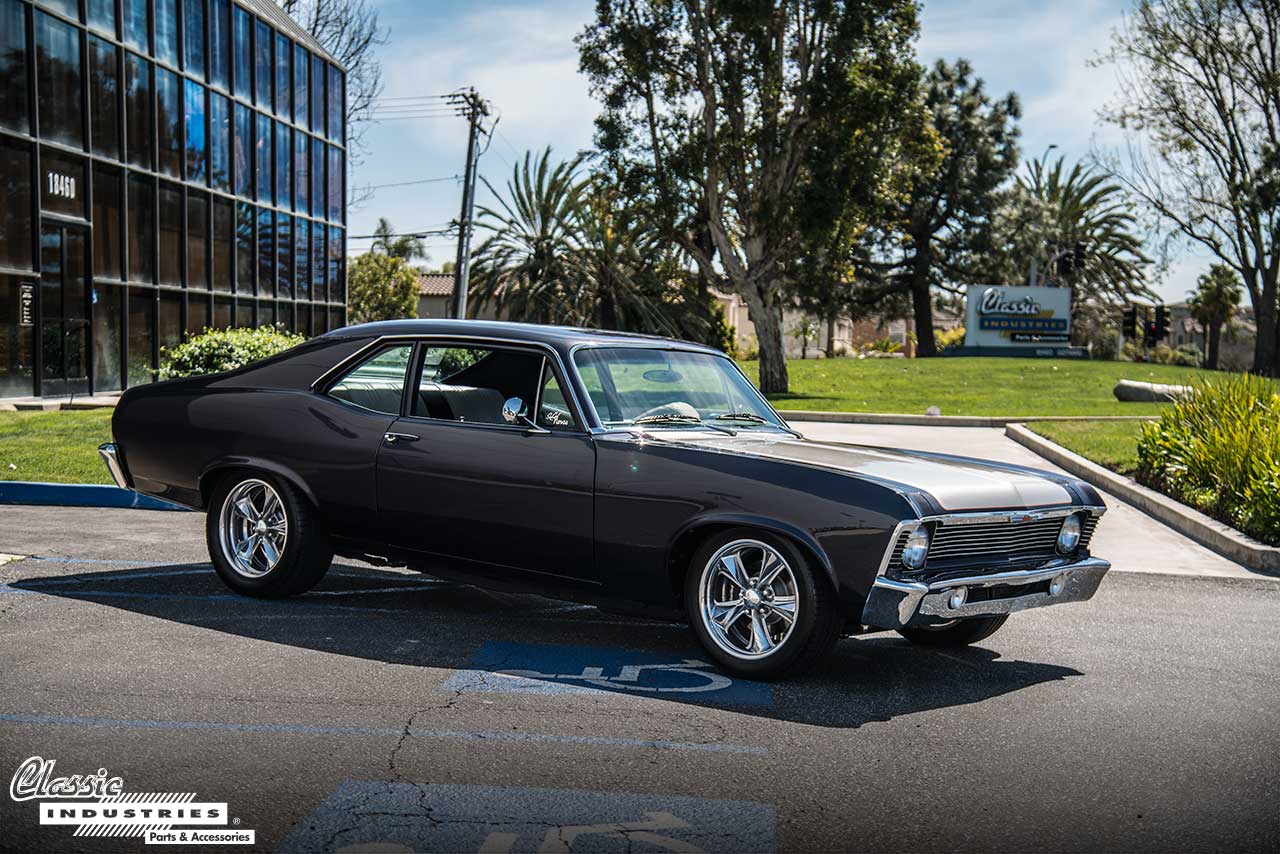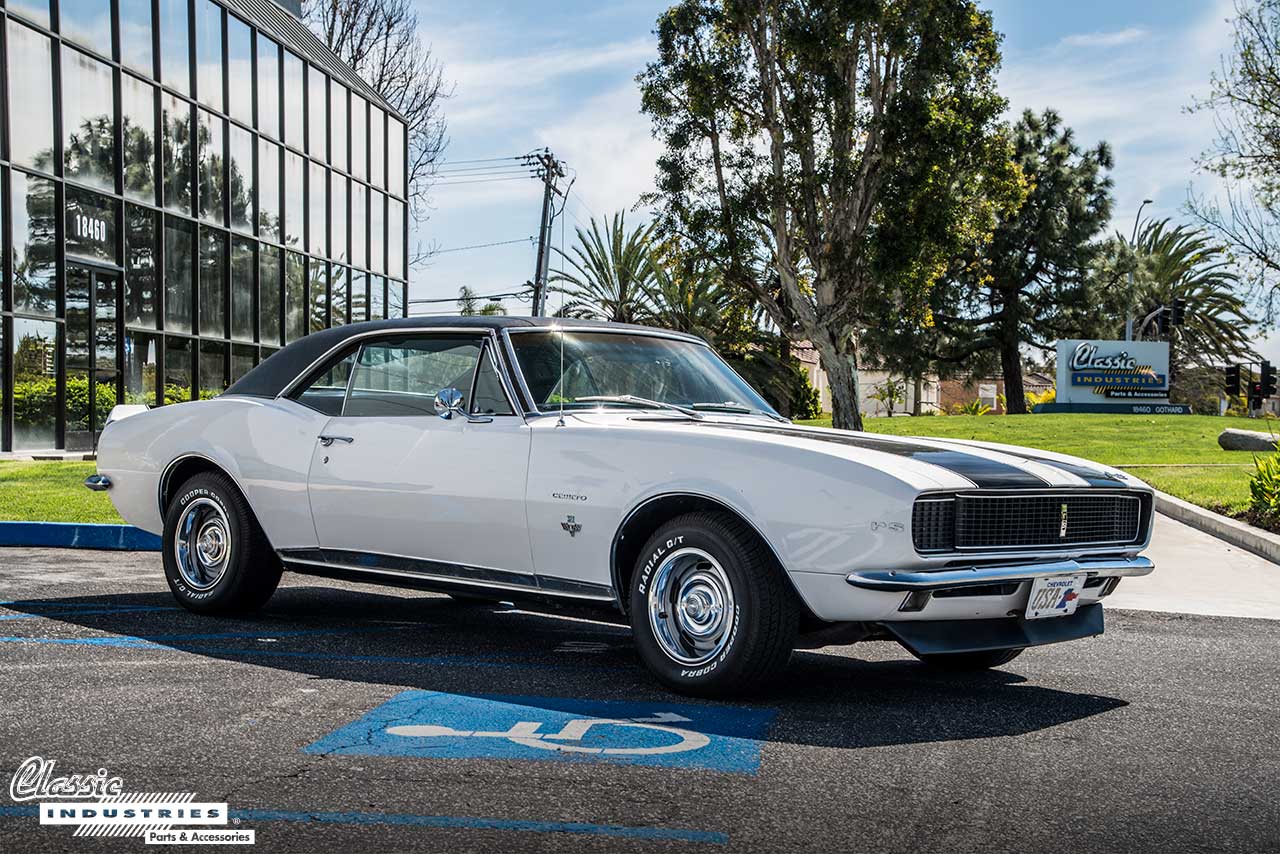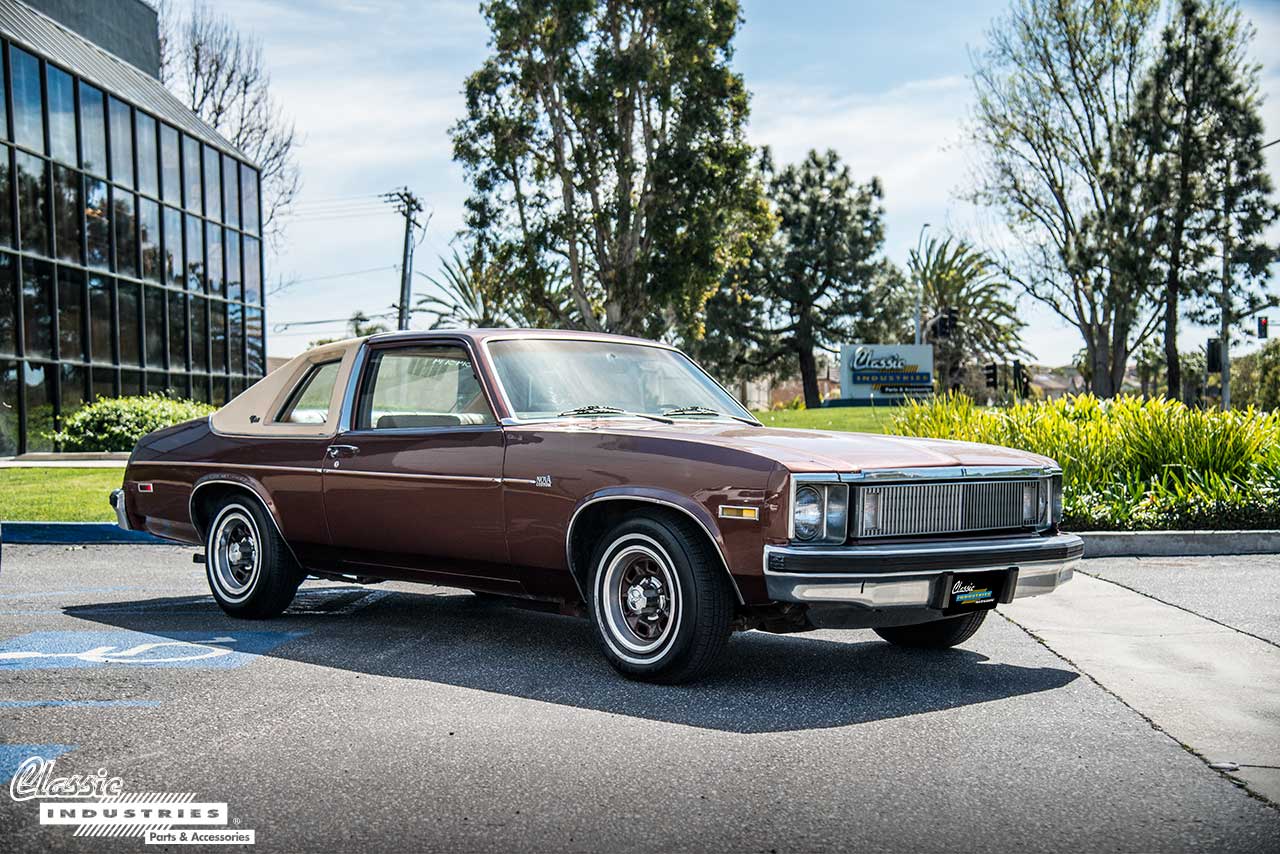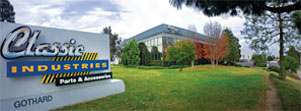The first-generation of the Pontiac Firebird was the beginning of a legend. Launched in '67 alongside its sibling, the Chevrolet Camaro, the Firebird quickly developed into one of Pontiac's most famous vehicles. It would live on for 35 years across four generations. The 1969 Firebird seen here marks a significant year in the model's history, signifying the third year of its production, the final year of the first-gen, and the starting point for the Trans Am (an option package in 1969).



